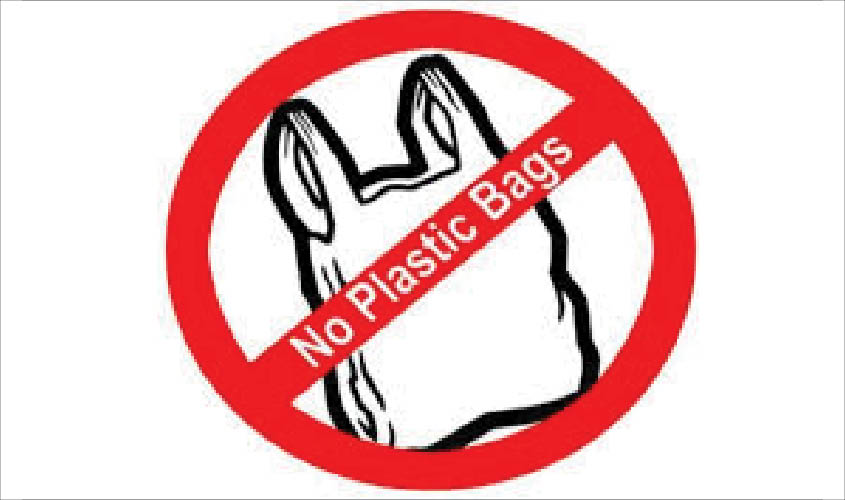Lack of cheap alternatives and waste segregation mechanisms are among the main road blocks.
New Delhi: The Centre’s plan to impose ban on single-use plastic from 2 October is likely to face many roadblocks. The lack of waste segregation mechanism, non-availability of alternatives and the alleged inability of the government to pull down shutters on plastic manufacturing units, are some of the primary issues which need to be addressed to achieve the Centre’s vision of a plastic-free India by 2022.
Addressing the nation on 15 August, Prime Minister Narendra Modi had urged citizens to make India free from single-use plastic from 2 October, the birth anniversary of Mahatma Gandhi. Single-use plastic include bags, straws and cups.
Swati Singh Sambyal, programme manager, Centre for Science and Environment, told The Sunday Guardian: “The main problem is non-availability of cheap alternatives to single-use plastic products. If you compare the price of plastic bags and cloth or jute bags, cloth and jute bags are more expensive. Hence, the government should impose ban on manufacture of plastic bags and push for mass manufacture of alternatives. More production of alternatives will ensure a gradual decline in their price.”
As per Plastic Waste Management Rules, 2016, bags made of virgin plastics and recycled plastics of thickness less than 50 microns are prohibited. However, these bags are still available in the markets. According to sources, these categories of plastics are mostly supplied from the manufacturing units in Gujarat and Maharashtra. On the condition of anonymity, a trader told The Sunday Guardian, “Mostly, customers don’t bring their own cloth or jute bags and since plastic bags are cheap, we give our products in them.”
Sambyal said that the emphasis of the campaign should be on behavioural change of people along with systematic collection of packaging waste that is generated mostly from companies who sell their products in plastic packaging. “These primary steps will solve 60% of the problem. Besides these, a good waste management system on the ground is also needed. If households segregate waste, more and more plastic will go for recycling and with more plastic going for recycling, there will be less contamination of plastic in rivers and seas,” she added.
There are also allegations that Urban Local Bodies (ULBs) don’t do their work properly to segregate plastic waste. Plastic Waste Management Rules, 2016, mandates local bodies, gram panchayats, waste generators, retailers and street vendors to manage plastic waste.
According to Ravi Aggarwal, chairman of the environment committee of All India Plastic Industries Association, the contribution of plastics in Municipal Solid Waste (MSW) amounts to only 5-8%. “However, if you go to a landfill, you will only find 4% of plastics as the rest are already stolen. So, what are the authorities concerned doing about the rest 95%?” Aggarwal asked. He alleged that utter ignorance of government in collection and segregation of plastic waste is the main problem which needs to be fixed. “Municipalities of major cities produce thousands of MSW per day, out of which hundreds of tonnes of waste are plastic. But due to lack of responsibility and accountability towards plastic waste segregation, municipalities are losing lakhs in revenue per day,” he added.
According to the Ministry of Housing and Urban Affairs, the total waste generated in the major ULBs (having population more than 10 lakh) is 67,000 tonnes per day (TPD), while the waste processing capacity in these ULBs is 58,000 TPD.

